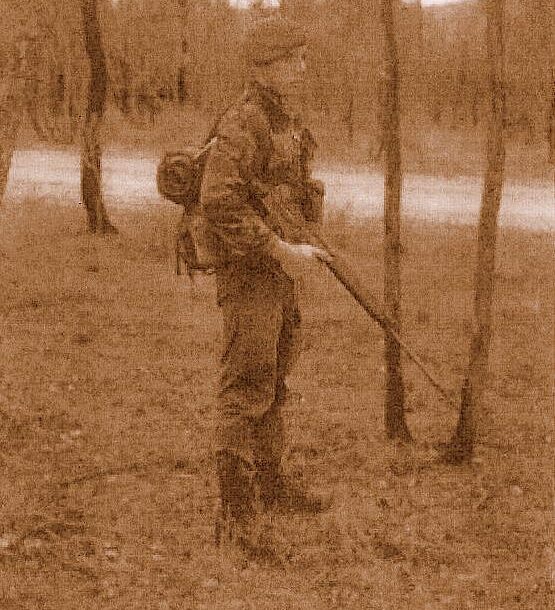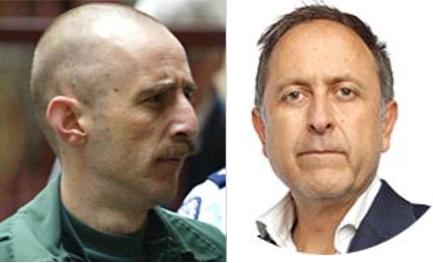COMMENT: The following article was published under this title on ‘The Conversation‘ website by Ben Wadham, Senior Lecturer, Flinders University on 1st March 2014. We reproduce it without the bias by AAP photo comments allowed by The Conversation’s editor, and we add a few select photos ourselves.
In February (2014), Victorian Premier Denis Napthine locked the door and threw away the key for Hoddle Street mass killer Julian Knight. Despite being eligible for parole in May after serving a 27-year minimum term in prison, the Victorian government has decided that Knight will never walk the streets of Melbourne again.
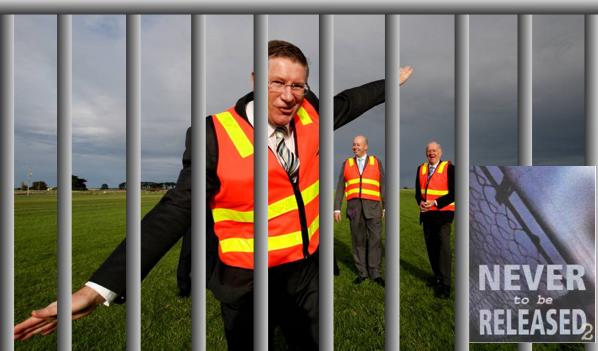
On August 9, 1987, Knight took three firearms to Clifton Hill, an inner northern suburb of Melbourne. He propped on the side of Hoddle Street in a copse of bushes, identified unsuspecting targets in his sights, and began to shoot. Forty-five minutes and 114 high-grade rounds later, six people were dead – one mortally wounded – and 17 seriously injured, including two police officers.
Many more, including police and witnesses, were traumatised and scarred for life. As Napthine explained of the government’s new legislation:
“This is guaranteeing that he remains in jail until he’s dead, or so seriously incapacitated he’s no risk to other people in Victoria or indeed in the community.”
[COMMENT: It was at this historic moment that the Victorian Parliament stepped outside Australia’s Constitutional Separation of Powers between the Parliament and the Judicature, and Julian Knight no longer became a criminal prisoner but a political prisoner of the unelected Napthine Victorian Government.]
The Victorian government may feel publicly vindicated in passing the law. On one hand, the decision provides an opportunity to reflect upon the circumstances of Knight’s actions. More importantly, it permits us to scrutinise the institutional practices of bastardisation that the Australian Defence Force (ADF) themselves have identified as requiring reform.
Knight’s military background
When Knight committed the crime he was 19 years of age. He had just “resigned” from the Royal Military College (RMC), Duntroon. The Army was in Knight’s blood. In sentencing Knight, the presiding judge, Justice George Hempel, stated:
“Your fantasy life was built around heroic killing in battle situations, ending up in victory or your own death in the so-called ‘last-man’ stance.”
[COMMENT: Such mindset is akin to that celebrated in wartime by the French Foreign Legion since 1863 in which during an 8-hour battle, a company of 65 men of the French Foreign Legion faced almost 2,000 Mexican infantrymen and cavalrymen. This action is portrayed as a pure example of bravery and determination of fighting to the finish. https://foreignlegion.info/battle-of-camerone/…such was Julian’s psychotic headspace at the time?]
Knight had an overwhelming desire to see action, and to live and work in a combat environment. The removal from Duntroon, and the circumstances of his resignation, was the final straw. Hoddle Street was the war he could never have.
From as early as his time as an Army Reserve trooper, Knight’s superior officers described him as immature, despite achieving good results in different aspects of his training.
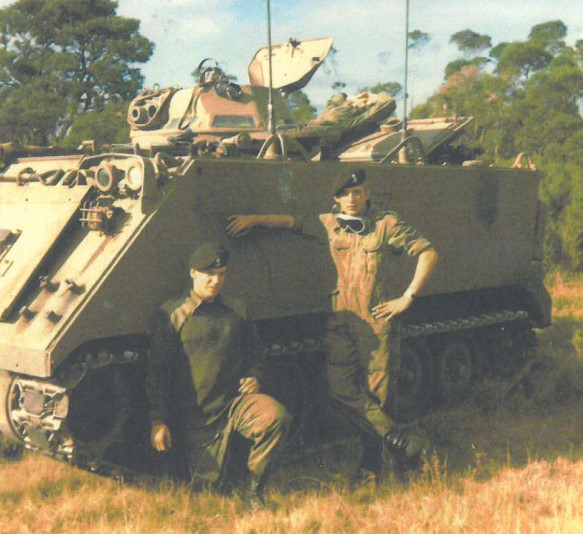
In late 1986, Knight was admitted to RMC. He was assessed as a marginal candidate but as having a very strong motivation for the military. He enlisted in January 1987 and was placed into Kokoda Company, traditionally known as the “bastion of barbarism”.
Within nine months, Knight would be standing trial for the Hoddle Street killings. Several experts were asked in court whether Knight was mentally incompetent: a psychopath. The answer was unequivocally no.
Forensic psychiatrist Allen Bartholomew told the court:
“I would have said that this man, this prisoner, is not grossly psychopathic.”
But Bartholomew also described Knight as immature, carrying “a personality disorder with some marked hysterical features”. Another expert, forensic psychologist Tim Watson-Munro, explained Knight demonstrated a number of “inadequacies”. They included being an adopted son, having a military obsession and a preoccupation with peer group acceptance.
It was this “immaturity”, as Bartholomew testified, that seemed to always place Knight in a position of tension within the military mould.
‘Immaturity’ is one simple word you can use, somebody who wants immediate gratification – self-centred, doesn’t learn from experience particularly well, indifferent to other people’s feelings.
This immaturity, mixed with the brutality of army bastardisation, was a recipe for disaster.
[COMMENT: “He was only 19”]
[Duntroon] Bastardisation, then and now
Knight attracted the wrong kind of attention at [RMC-D] Duntroon. He quickly became identified as different. When military tribalism is rife, those that demonstrate difference are brutalised.
As we know after the Skype incident – and the subsequent DLA Piper report into physical, sexual and other abuse within the Australian Defence Force Academy (ADFA) – this pattern is not isolated. In 2011, a former cadet, who is now a barrister in Western Australia, wrote of his ongoing trauma from experiencing:
“… a world of bullying and harassment that few outside the defence forces can imagine.”
In 1989, the former cadet’s room was broken into one night as he slept. He was held down, beaten and anally raped. Shortly after, he says, the same happened to a female colleague. He explains he is but one of hundreds of others who have lived through the same mistreatment and carry the same scars.
Knight became hounded, beaten, abused and targeted. He was demanded to complete inane tasks. Knight was picked on by groups of senior cadets as he marched from one place to another.
Knight’s time for preparation suffered and his performance waned. Essential military dress items were stolen; he was forced to attend show parades until early in the morning. He was physically attacked.
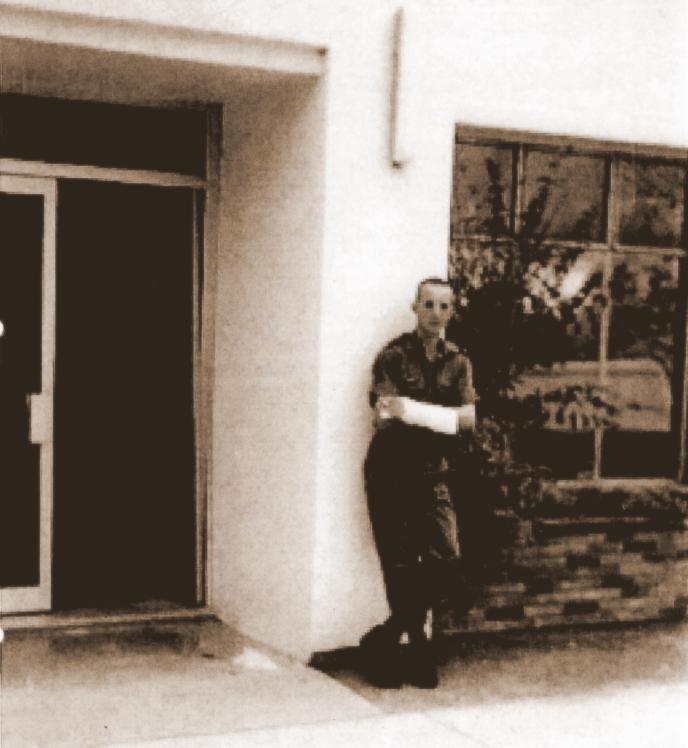
Several months in and senior cadets in his company had vowed to have Knight removed from RMC. His performance dropped. Training staff identified him as a poor cadet and he was subjected to several guidance sessions.
This harassment ultimately led to an altercation. One night at a local Canberra nightclub, Knight became the focus of some of those senior cadets – drunk and out to effect some “rough justice”.
Fifteen cadets surrounded Knight at the nightclub; he drew a knife and attempted to fight his way out. This stabbing led to his arrest and his removal from Duntroon. It was the beginning of his journey to commit one of the worst mass killings in Australian history.
For some soldiers – such as privates Jeremy Williams, David Hayward, John Satatas or Lance-Corporal Nicholas Shiels – their response to bastardisation was self-harm. They took their own lives.
(Whereas) Knight harmed others. [In hindsight, wrongfully civvy innocents near his family home in Melbourne along on Hoddle Street, instead of driving back up to Duntroon and emptying on the Kokoda Company senior cadet perpetrators. The benefit of hindsight.]
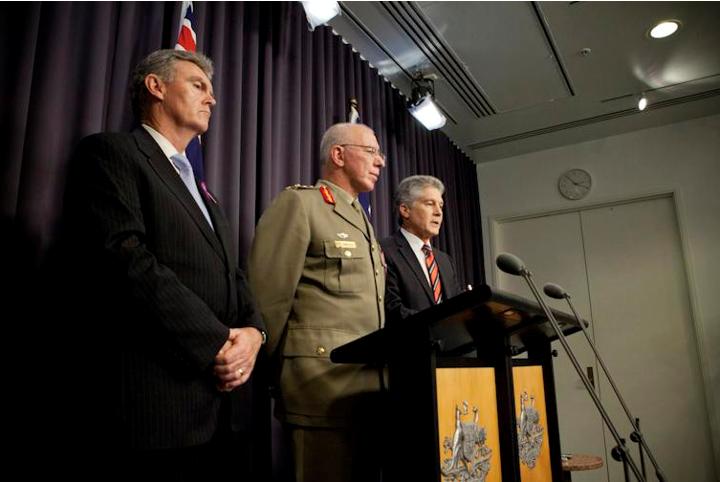
[ADF] Reform has a long way to go
At the time of Knight’s sentencing, Watson-Munro explained that recruitment, training and discharge procedures at Duntroon were a major contribution to Knight’s state of mind on the night of the massacre:
“One cannot however overlook the very real and significant impact that his time at the Royal Military College at Duntroon had upon his frame of mind in the setting of the allegations of ongoing victimisation and bastardisation that he was experiencing.”
Yet, as part of his plea agreement in 1988, Knight was allegedly persuaded not to raise the matter of bastardisation. If he remained silent, the Crown agreed not to contest a minimum parole term.
Watson-Munro further explained:
“One cannot emphasise sufficiently the negligence of the armed services here in not adequately debriefing Mr Knight at that time with a view to channelling him into treatment.”
Watson-Munro’s words are not a case for excusing Knight whatsoever. Knight is responsible for his crimes. It was his immaturity that partially brought him under the scrutiny of the Duntroon tribe. It was also partially the reason for the manner in which he attempted to deal with the attention.
It was a vicious circle. But it should have been managed, rather than subsumed into the institutional void of Duntroon.
In a sense, Knight is emblematic of this criminality within the ADF over the years. The Defence Abuse Response Taskforce (DART) collected around 2300 stories of Defence abuse in the past year.
It is a skeleton in the closet that the ADF is attempting to remedy.
Bartholomew explained at Knight’s trial in 1987:
“You couldn’t say he would do it again in 25 years’ time.”
The opportunity to prove Allen Bartholomew right may have evaporated for Julian Knight, but the opportunity to reflect on the dysfunctional and violent ends of military tribalism has not.
The Australian military recruit, create and release soldiers back into mainstream society. They have a duty of care. The reviews that acknowledge these matters are, in this sense a beginning to resolution, but they are not, in themselves, an end.

